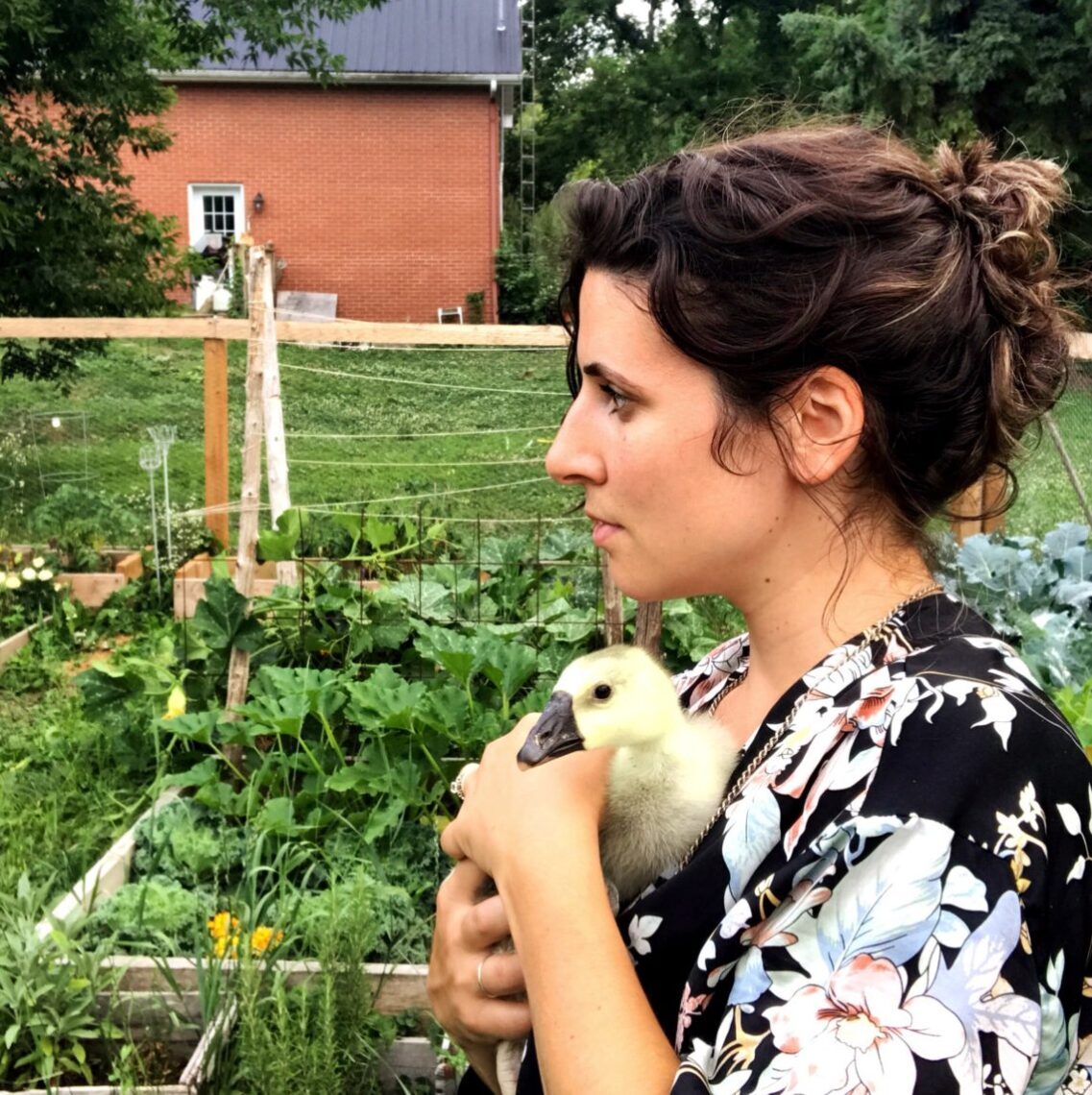How to Get Rid of Squash Bugs
When I started gardening, I had no idea about garden pests—my biggest struggle had more to do with remembering to water them. These days, we’ve managed to certify our veggie garden as organic, which has presented some challenges—although we tend to avoid using any spray or deterrent, organic or not. Being a smaller family farm, this is more manageable, but a little more work intensive (many hours of my life have been given over to picking bugs). Which brings me to how to get rid of squash bugs.
The squash bug, not to be mixed up with the similar “stink bug”, is a bigger insect, with a wider, brown body, flashed with a touch of orange on its underside (see pic). They usually only provide one generation a year, moving from egg to nymph to larva before moving on to suck the life out of plants specifically from the Cucurbita family (think cukes, zukes and pumpkins). While I can use some things like Koalin clay and diatomaceous earth as an organic gardener, I try my best to tackle any issues as naturally as I can, with as little intervention as possible. Note: I usually plant a second round of zukes beginning of July to safeguard myself from the loss from my first crop.
Plant resistant varietals. The first year I ever planted zucchini, I planted a hybrid of the tromboncino, from the growers at Row 7. I had no issues with squash bugs at all (I later found out that the tromboncino is pretty resistant to these little beasties). This year I planted more traditional varietals—as soon as I saw blossoms, I saw the difference. Next year, 70% of my crop will be resistant, lesson learned.
Depending on the size of your garden, vacuum or pick the bugs off. This is actually my method of choice, because I don’t like to waste, and while getting rid of these bugs is necessary for the good of your crop, you’re still killing a living creature. My favourite thing to do, in this case, is to pick off/vacuum the bugs up. Then I freeze them and save them for the chickens once winter rolls around. The downside to this, though, is that by the time they reach maturity, your plants might already be a goner. If you have a huge market garden, this method might not be a manageable one.
Disturb the earth right before you plant. I’ve performed this with some success in the past, although it doesn’t completely destroy the population. Around December, I’ll go out and disturb the soil where the squash are to be planted next year, which is another way to get rid of squash bugs, albeit not guaranteed.
Trap Crops. So far, trap crops seem to be the most efficient and natural way to control the squash population. Trap crops are a round of squash that the squash bugs will gravitate to, a preferred plant over your crap. Placing a bit of cardboard or wood at the base of the plant can act as a decoy for the bugs, which makes it easier to gather them up.
Use diatomaceous earth. At the end of the day, this is the only substance that I would use if I was completely overrun and at risk of losing my entire crop. Diatomaceous earth, according to the National Pesticide Information Center, is “…made from the fossilized remains of tiny, aquatic organisms called diatoms. Their skeletons are made of a natural substance called silica.” Approved for organic gardening, this powder basically weakens the insect’s exoskeleton, causing it to dehydrate and die—the problem with this powder is that it kills beneficial insects as well.

How to Hatch Goslings
You May Also Like

How to Hatch Goslings
11 May 2020
Old Wood Hollow Puppy Picks
29 December 2023
